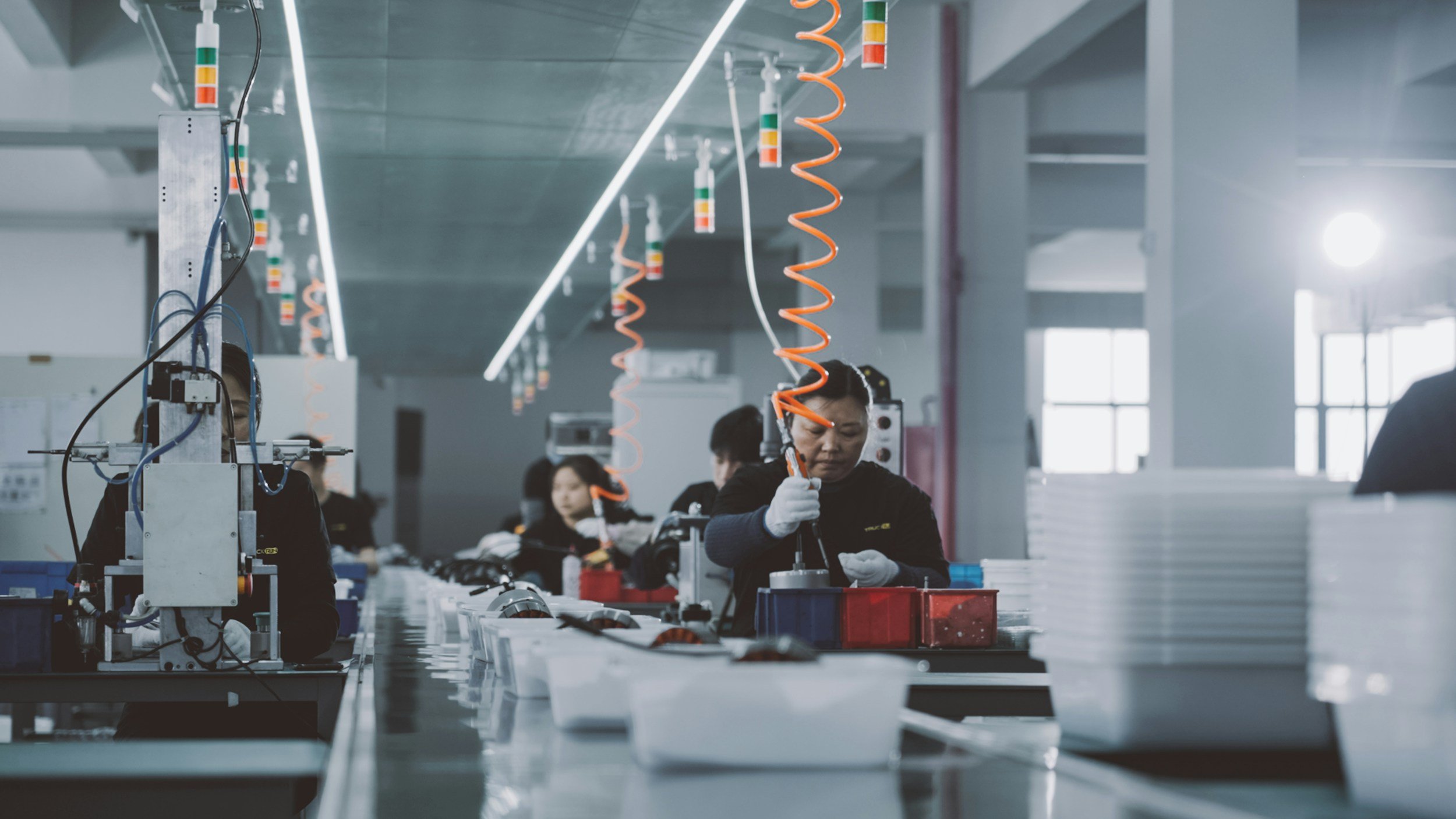
Project:
Paint Shop Management
General Motors
Overview & Objective
The General Motors Paint Shop had an existing legacy application written in an out-dated language — which led to disruptions during their workday and confusion with plant floor worker tasks, resulting in a slow down in production. My task was to re-skin the UI with a more intuitive interface as well as refine the user experience overall.
Business Context
The fast pace paint shop environment the worker is using the application in demands a quick and seamless UX for time sensitive transactions. This environment poses unique restrictions, for example — needing gloves while using the application on a tablet. Their current system lacked speed an intuitive features. This is immensely important because even a 5 minute slow down in a paint shop can result in a loss of $30,000 per minute, which amounts to $150,000 every 5 minutes. To put it in even more perspective, If a situation like this happened once a week, the company would lose $7.8M a year. This is why it is critical that time sensitivity is at the forefront in manufacturing environments.
Discovery & Research
During the discovery phase had the opportunity to visit the manufacturing plant in Arlington, Texas. While doing field research, I received a tour of how the production line worked and how all the plant floor tasks integrated together. This process started all the way from putting pieces of the car together, to the car being ready to drive with safety checks in place before hand-off to car dealerships. Unfortunately, the paint shop was closed off due to strict safety issues in place. However, I did get to speak to a worker who used the plant floor application I was designing for along with one other designer. A few major pain points the plant floor worker explained was a slow performance with their application, and it being difficult to take their gloves off in order to complete or view a task. He also explained the importance of UI scalability from a desktop to a tablet device.
Being able to talk to the end user in their work environment of the product was extremely advantageous. This allowed me to better cater to his needs in the application, especially seeing the fast pace environment the user uses the application in. This allowed me to realize the application demands a quick and seamless UX for time sensitive transactions.
Design Iteration Stage
After doing field research,
Challenges Faced
Given that this was an internal Salesforce project initiative, and I was a solo employee working on it, the way I typically navigate on a project was very different. Usually I am put on a team. Most members of my org were staffed on a project, or an already staffed internal initiative so I was not given access to a Technical Architect, Solution Architect, Developers, etc..
I was not able to gain access to information such as where some of the feedback was being stored, or how feedback from the different systems would eventually be able to integrate data systems together for a unified dashboard with the goal of aggregating all the most agreed upon feedback from all systems. I was in need of technical solutions and discussions but I was limited to reaching out to people who were Product Designers — who often did not have technical solutions to my questions, research online on for example how support tickets are tracked, and attempting to find SME’s.
Outcome & Impact
Leadership was aware of the challenges I was facing, which gave me some free rein with the overall design. Ultimately, I had to make assumptions on how the data would be gathered and populated based on the technical knowledge I have learned from the past. For example, potentially we could capture common phrases tracked during meetings, or gather trends based on gains from previous quarters — so that are people more aware of topics that need attention based on a drop in trend percentage overtime. Or, they can be aware that they are improving in certain categories such as Login Issues.
Given to this was an exploratory project in between billable projects, I was eventually staffed on another project and the design was not iterated on further from me. I believe the project has been handed to someone else who was also between projects. However, leadership was ultimately extremely pleased with the design, the ideas I provided, and grateful to get started on an internal initiative that they have wanted to get started on for years to improve Product Manager engagement.

